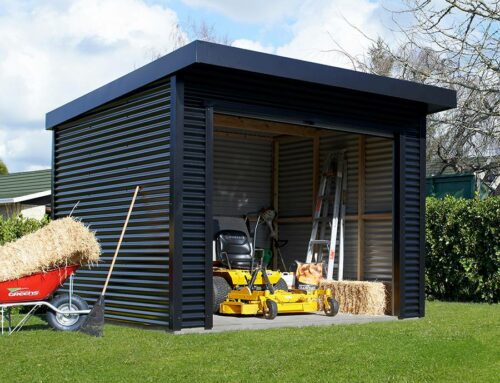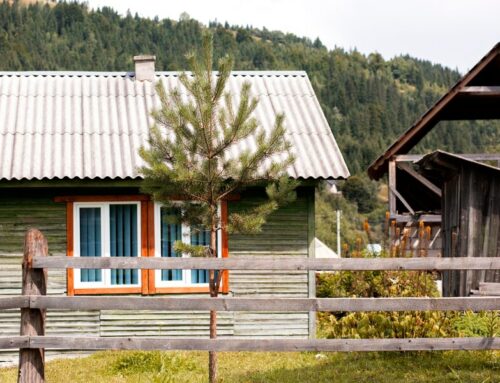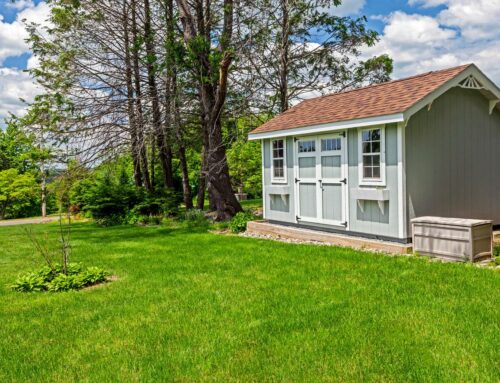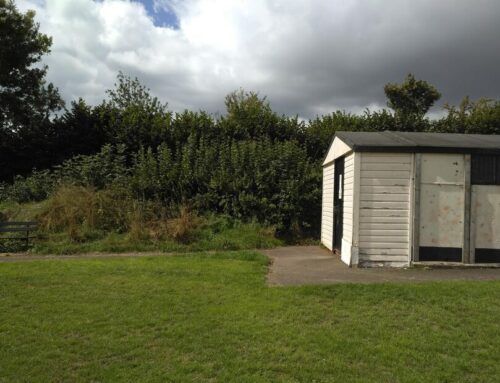Do you still remember during your childhood days when you loved to stay outdoors under the sun? I still remember those days fondly. I enjoyed playing outside and loved to stay under the heat of the sun from morning until sunset. I didn’t care about the effects of it, as long as I enjoyed playing with my friends.
Some responsible parents would provide us with hats and sunscreen lotion with high SPF. As teenagers we would play and lay on the sand, oblivious to the fact we were frying ourselves! We didn’t concern ourselves about the effects of sun exposure, like premature aging and skin cancer. Thethe last thing on our mind was irreversible skin damage!
Over the years, the sun smart message really boomed and it got clearer. As a mother I have been very aware of the importance of sun protection for my child. However, because I am a lover of gardening and other outdoor activities, I remained far too haphazard with my own ‘slip-slop-slap’.
And then one day when I scroll through some of my news feeds in Facebook I find out that there are friends diagnosed with melanoma and suffered from other skin diseases. I realized how lucky I am that I have not had to experience this disease. Going to the doctor or having annual checkups are becoming more important as it might save our lives.
I believe that gardening is a wonderful activity in so many ways, but we should also be reminded that it is still an outdoor pursuit. I usually slap on the high SPF sunblock (especially on the back of my neck), grab my wide brimmed hat and put on my long-sleeved shirt with collar when heading out for a morning in the garden.
Often I will nip out to pick a rose or check on my seedlings and end up exposed in the sun for too long. According to reports, during summer a fair-skinned person can burn in as little as 11 minutes. In women, 40 percent of their melanomas are on their legs, while men’s melanomas are most commonly on their backs. As gardeners, how often do we cover up everything except our legs?
During summer weekends it is wise to do indoor tasks when the sun is at its peak. Far better and more pleasant to be out there during the early part of the morning or at the end of the day. And the best option is to devote time to the shady parts of the garden when the sun is at its peak.
According to the SunSmart website (sunsmart.org.nz), the critical period for sunburn from September to April is between 10 am and 4 pm. It is not just on blue sky days that we are at risk. The ultraviolet rays penetrates on overcast days too. Cooling breeze doesn’t do anything to prevent the sun’s damaging effect on our skin.
We have the most extreme levels of cancer-causing UV because of the hole in our ozone layer. The most common cancer affecting New Zealanders is skin cancer. The increased levels of melanoma affecting the older generations should be enough proof to all that covering is a great idea.
Now is the time to bring out the sun umbrellas and move outdoor furniture under trees in time for another great kiwi summer.
Create shade in the garden
Trees provide the loveliest shade in the garden. However if we are waiting for these trees to grow or maybe your outdoor area is too small to plant them, there are other ways to create a summer shade.
Sun umbrellas provide instant shade and are versatile. The quality of an umbrella’s fabric reflects in their price. Today, most umbrellas are made with modern UV-resistant fabrics that will last longer. We also have fixed fabric awnings and shade sails. Fixed fabric awnings may be rolled back to let the sun through in winter.
Good shade sails are made from high quality marine-grade materials and come in various colors and weaves. Fabric gazebo’s are lightweight and collapsible tent structures that might not last forever, but they’re ideal as extra shade cover for summer parties.
You may also look at a pergola or gazebo. Gazebos are generally free-standing structures which provides shade and it are also the focal point of the garden. If you have a larger-sized gazebo then you can have room for table and chairs and some small gazebos have seating around their perimeter.
A pergola is also a stand-alone structure that has a shaded passageway between one garden room and another. Today, pergolas are known as an extension of the indoor living room area. Embellished with climbing plants, they are a great way to link house and garden.
Plants with hanging fruits and flowers such as grapes and wisteria are particularly effective, although you must be prepared to put up with the bees they attract or fallen flowers littering your patio. Have in mind to build your pergola strong enough to support the plants you chose (old wisterias have been known to bring down an entire verandah) and should allow enough height for flowers and foliage that hang down from above.
Then, of course, there is always the options of a garden shed from Kiwi Garden Sheds – a trusted online retailer of locally manufactured Garden Master, Galvo and Pinehaven garden sheds. If you want the experience to be as hassle and risk free as possible, then Kiwi Garden Sheds can offer it to you. They dedicate their time and focus to only offering kitset garden to all smart gardeners. Their garden sheds are easy to assemble, of a good quality and that will last you for years to come.
Below are some suggested climbing plants for pergolas:
Evergreen
Herald’s Trumpet (Beaumontia) (subtropical),Clematis paniculata, Tecomanthe speciosa, Mandevilla Alice du Pont (subtropical), Star jasmine (Trachelospermum)
Deciduous
Clematis Montana, Clematis Hybrids, Flame Vine (Pyrostegia), Ornamental grapevine, Trumpet vine (Campsis), climbing roses, Wisteria
Scented
Climbing roses, Wisteria, Star jasmine (Trachelospermum), Easter Herald Trumpet (Beaumontia), Golden Chalice Vine (Solandra maxima)
Fruiting
Grapes, kiwifruit, passionfruit, climbing beans
Trees for shade
Robinia, Gleditsia, Ginkgo, Jacaranda, Melia, Silk Tree (Albizzia), Pepper tree (Schinus), palms
For smaller gardens
Japanese maples, flowering cherry (Prunus), flowering crabapple (Malus), Kowhai (Sophora), tree ferns







